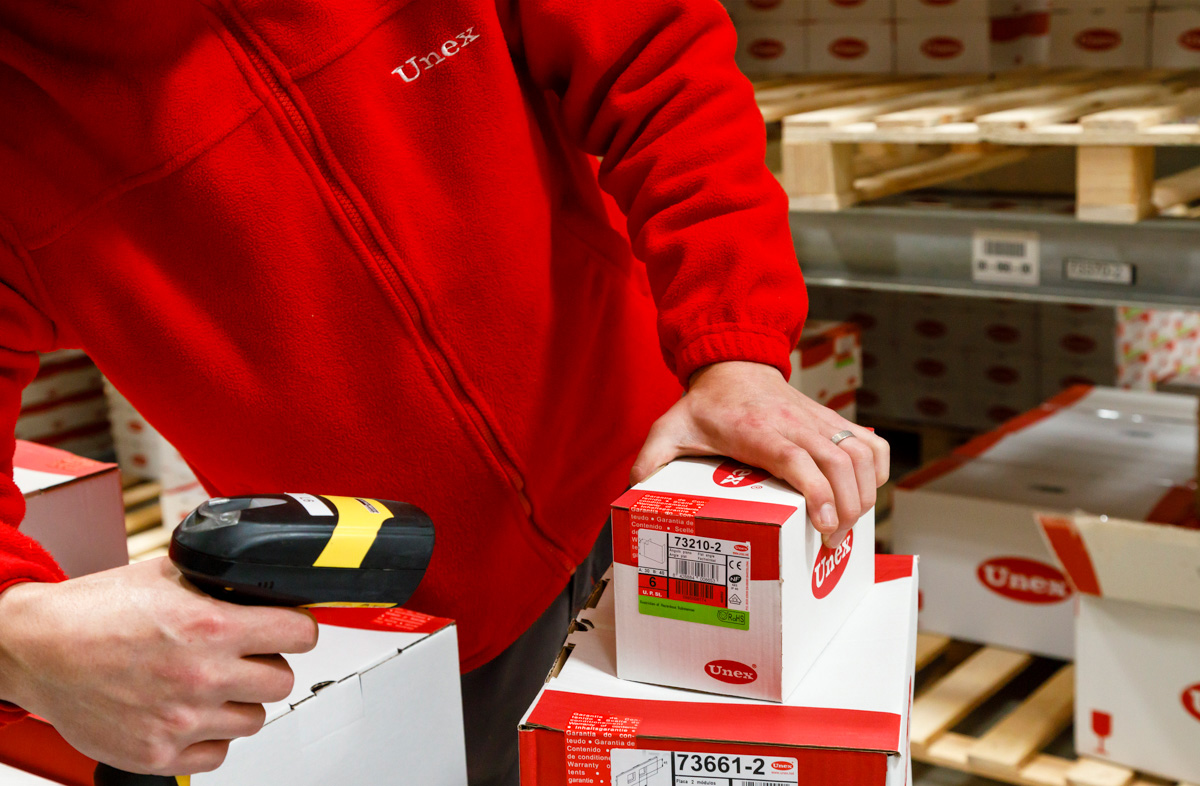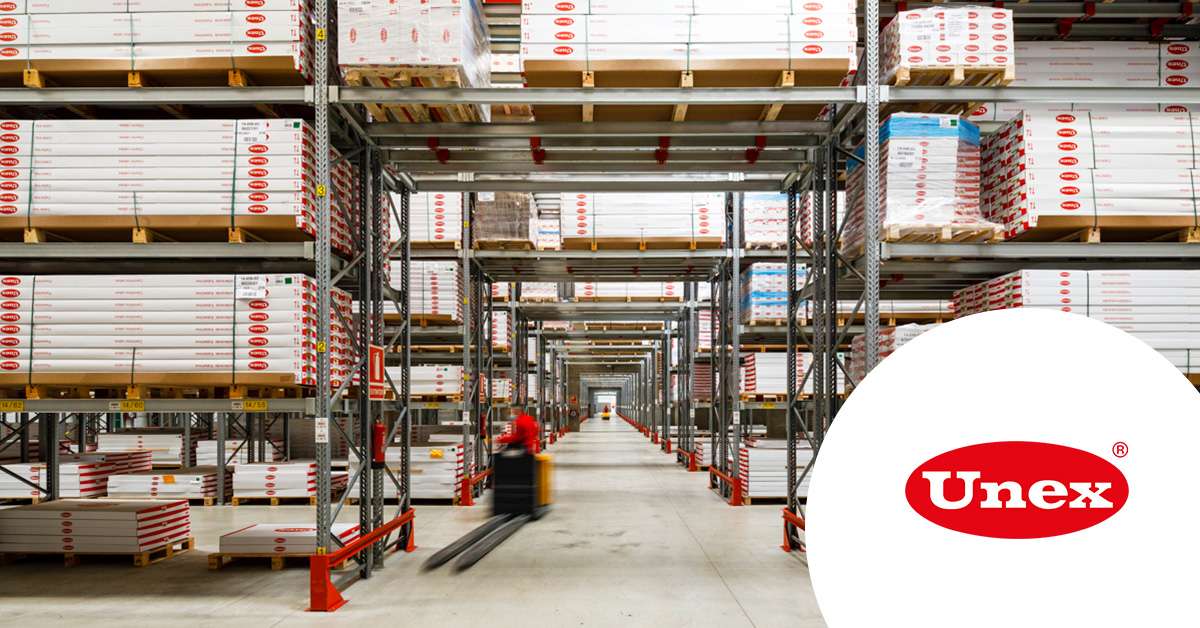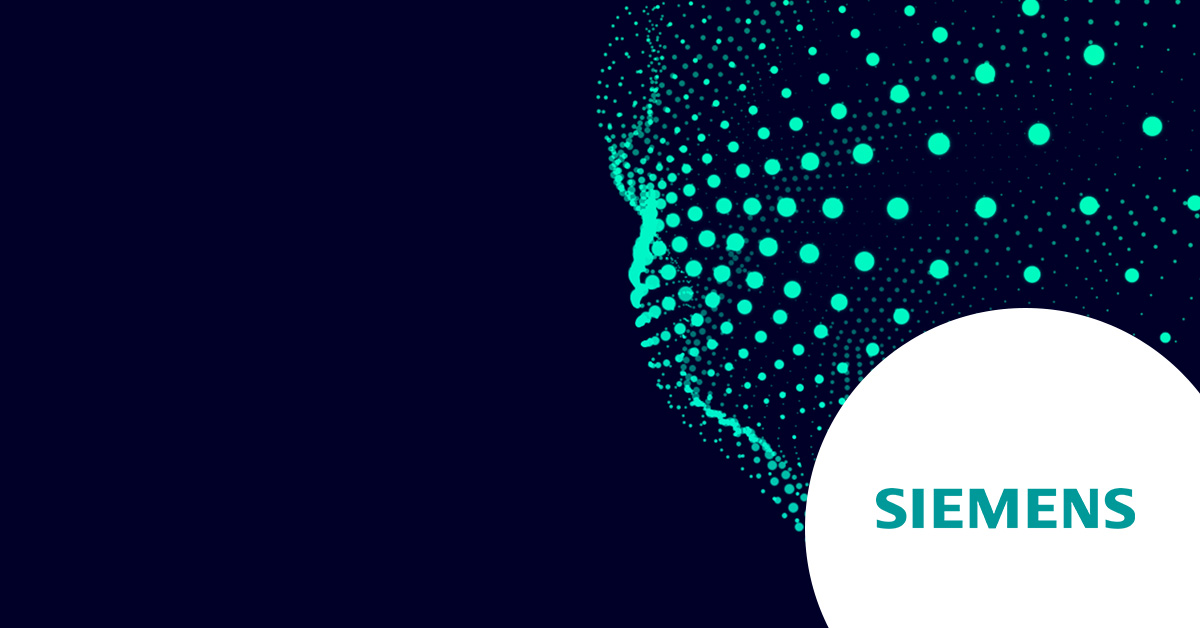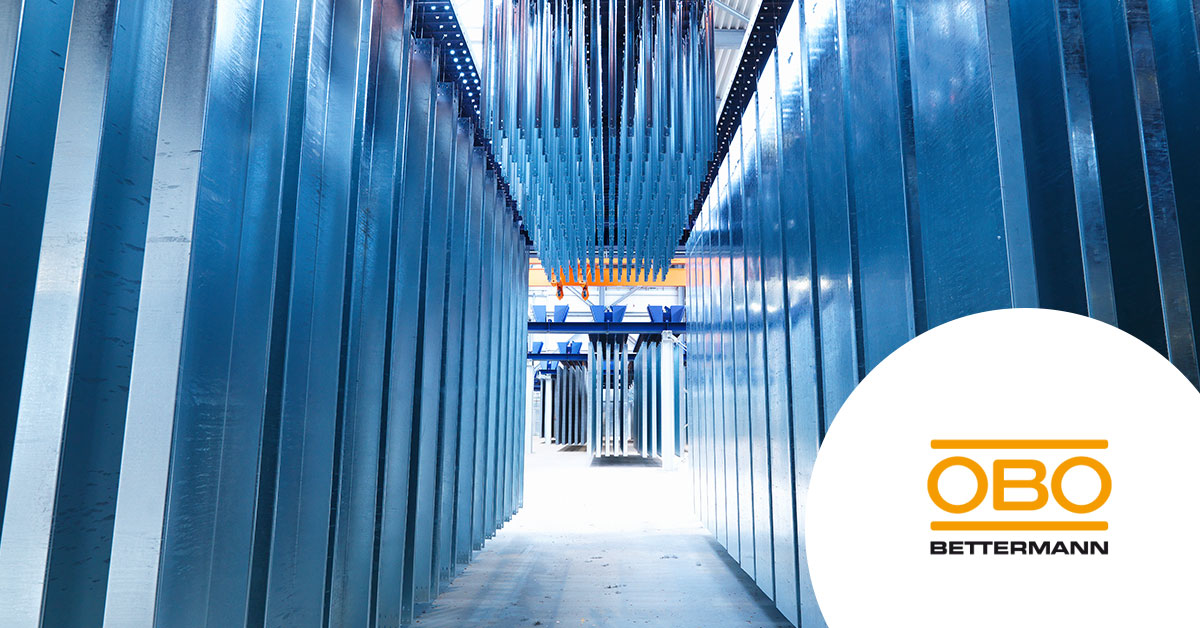The introduction of new technologies, or the increase in product digitization and in general the digital transformation of various areas of companies are transforming business models and the way in which the construction sector evolves with its entire ecosystem, including the distribution of electrical material.
On one hand, we have a construction to be digitized, where a set of information technologies seeks to produce and manage three-dimensional models containing all the graphical information and, the novel part, the non-graphical information associated with the model: the data. This data will feed the whole chain, either for the manufacture of non-standard products, or for the supply of standard products when we start to build, or for managing the asset once it has been built.
On the other hand, in the electrical material distribution sector, we are witnessing the attempted entry of competitors, global leaders in digital markets coming from B2C, who are looking for leadership in new sectors and new profitability in B2B.

On top of all this, we have a customer who is using more and more the digital tools, who is more experienced in the different digital channels, more informed and who takes advantage of the information available – the data – to pre-select the solution that seems most appropriate to him/her. And the pandemic accelerated this trend due to the obvious advantages of digital, during the various periods of social isolation and company closures.
The digital transformation represents a cultural change to which we cannot be indifferent, providing our clients with all the means to easily obtain quality information and incorporate it into their processes. This information must be unique, clear, in an omnichannel concept.
When it comes to product information, the only reliable source is that of the manufacturer. But a product cannot be differentiated only by its name and a short description. It will have to be characterized by its technical, sustainability, logistical and other properties.
Technical data must be converted into standardized information, for example using classification systems such as ETIM, and all information must be transmitted, between manufacturer and distributor, and between distributor and customer, through data exchange formats accepted in the different markets.



